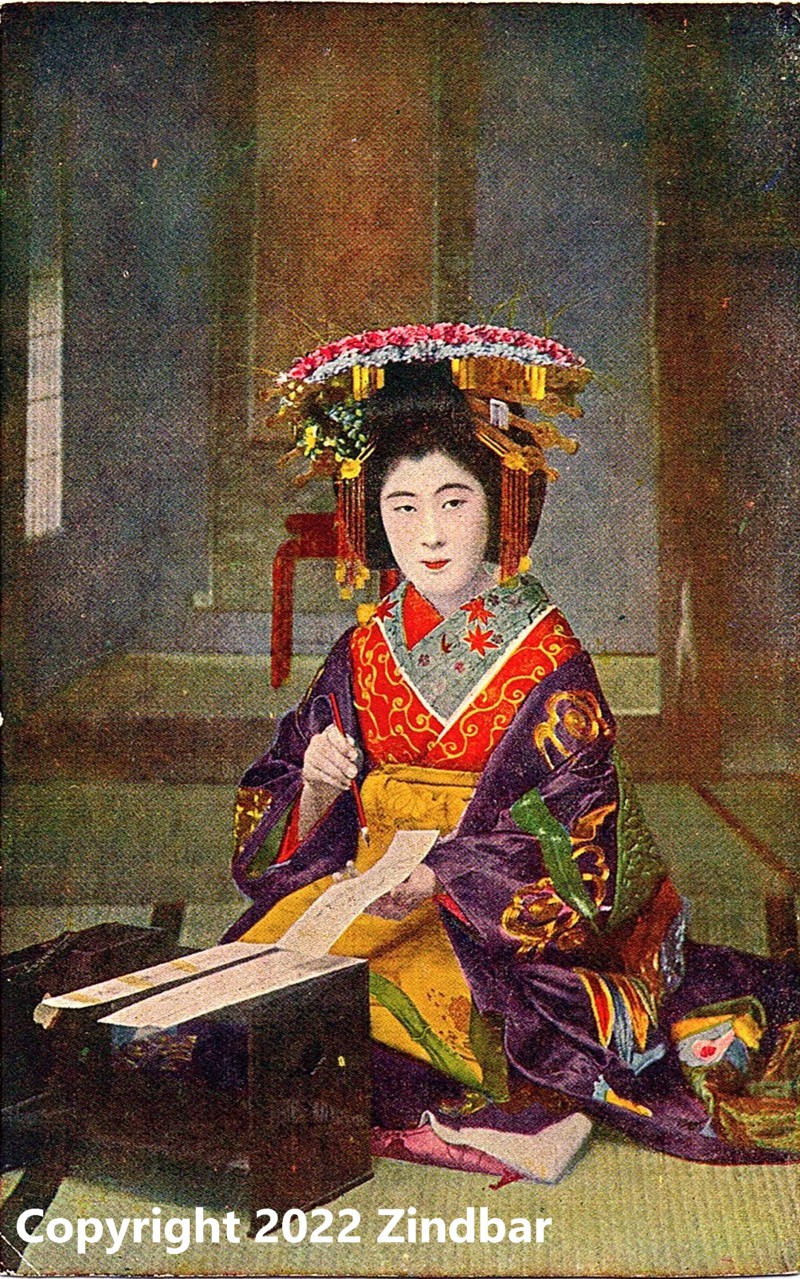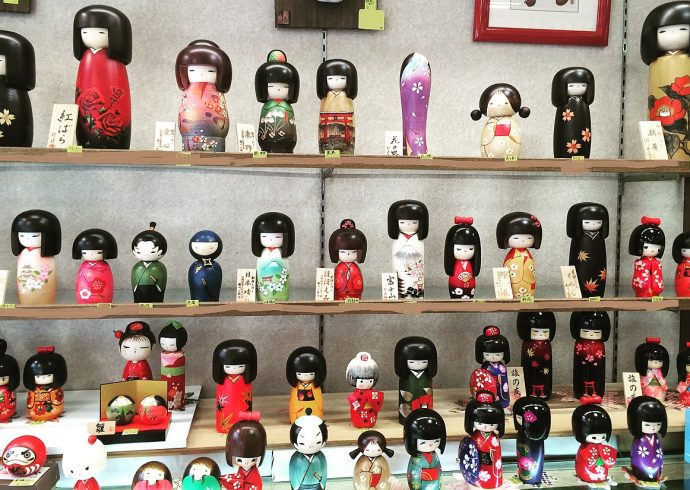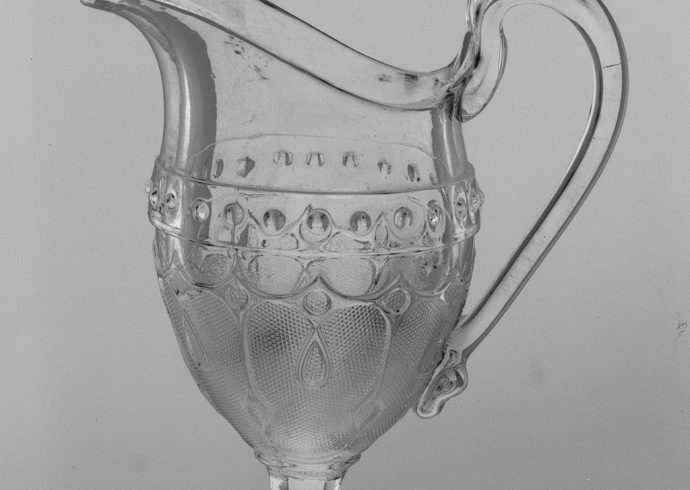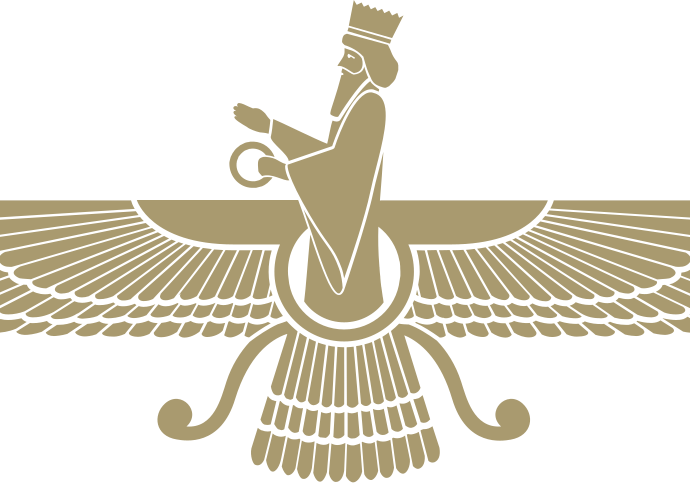
Skimming through a series of old postcards and photos of Japan, the image of a man or woman writing in unusually large Japanese characters is likely to be seen. Calligraphy as it is known in Japan, is a beautiful form of art which often appears in the form of a scroll meant for a tokonoma in a Japanese house, or a single Japanese character on a perfect square of white paper meant for framing.
The art of Japanese calligraphy dates back to the sixth century; curiously enough, it predated the development of the Japanese writing system during the Heian period (794-1185), borrowed from Chinese characters, or pictographs. Also called Shodō, Japanese calligraphy is uniquely different from calligraphy as it is known and practiced in the western world. Due to its association with Zen Buddhism, Shodō is the final product of the calligrapher concentrating his mind and soul into the execution of the calligraphy. For centuries Shodō was primarily done by Zen Buddhist monks and prior to starting a calligraphy project, the monk would clear his mind before concentrating all of his spiritual energies into writing the intended Japanese characters, or kanji. As a spiritual exercise, Shodō was meant to be appreciated as a sacred work of art. Nowadays, Japanese calligraphy can be done by the average man, woman, or child in Japan, or even someone who takes a genuine interest in all things Japanese.
It may be commonly known that kanji is written with black ink and a special writing brush, but Shodō also employs the use of a handful of different size brushes, black ink, and a number of other items frequently used. Special paperweights were used to hold down the corners of the paper being written upon.
Three main styles of writing are used in Shodō: kaisho, or block style; gyosho, or semi-cursive style; and sosho, or cursive style of writing. Those who are new to Japanese calligraphy usually start with kaisho and eventually move up to sosho, which requires many hours of practice. A full calligraphy set includes:
Shitakjiki, or a soft mat. This is used to place the paper on prior to writing calligraphy.
Hanshi, or Japanese calligraphy paper. This is a special type of thin paper manufactured just for calligraphy. Washi paper which is made of mulberry fibers may also be used.
Suzuri, or ink container. This holds the ink being used to write with on the hanshi.
Sumi, or ink block. The ink block is rubbed with water to create a liquid ink suitable for use with a calligraphy brush. An alternative use is a bottle of black ink.
Fude, or calligraphy brush. Use a variety of thin and thick brushes made of animal hair with bamboo handles to compose different sized kanji.
Bunchin, or a paperweight of some kind to hold down the top edge of the paper. Traditionally, this used to be a metal stick, but any modern paperweight can be used if needed.
In, or personal seal. This can be a rubber stamp containing your initials. Use red ink for signing your completed Shodō project.
The beginner of Shodō need not be familiar with the entire kanji writing system. In fact, Japanese calligraphy can be done with only a few kanji, or even just one. Before starting to use the ink, lightly pencil in the kanji you want to ink in. Try the following Japanese word that means “Future”:

Practice other Japanese characters as time goes on. The better you get in writing using the traditional brush and ink, you can use different surfaces to write upon, such as a bamboo scroll, wood, plaster, or concrete. For the more durable writing surfaces, consider using a black paint such as acrylic.
Image credit: Both images are copyright Zindbar.


